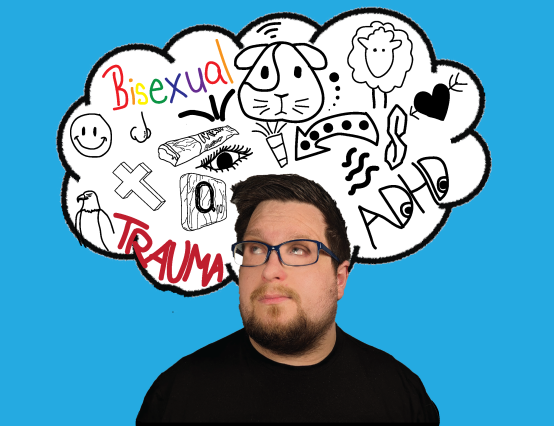At the end of last month, Google made the announcement that they were launching a new YouTube service, YouTube Red. Ignoring how poor the naming choice was for the product, YouTube Red to many seems like a good deal.
You pay $9.99 a month (UK pricing not available), and in return, no longer have to sit through any ads on YouTube videos. In addition to this, you can save videos offline on your mobile devices, and also play YouTube videos in the background - meaning no longer will your video stop if you switch to reply to a text message. Oh, and another benefit - automatic membership to Google Play Music. So unlimited music and ad-free YouTube for 10 dollars a month, or $7.99 if you were already a member to Play Music during the promotional period. That sounds like a win for consumers, no?
Well, yes, but as with all arguments, there are at least two sides, and if you have heard anything about YouTube Red, it is probably something along the lines that it is going to leave channels out of pocket. Actually reading through the material out there though, that doesn't appear to be the case. Google uploaded a blogpost explaining the benefits of YouTube Red to content creators, and they state that creators will make the same money, if not more, as a result of this deal.
NerdCubed is one such YouTuber who appears to be upset by the changes coming to YouTube, even though he pre-faces his argument with the fact that only 40% of his viewers are watching his preroll ads. He also states that the amount paid per ad view is ultimately dropping. He continues to state that YouTube is lying by claiming Red is a second income source, as it is ultimately detracting from the pool of people who watched ads.
Personally, it is difficult to see how the argument holds up. Only 40% of his viewers watched his ads in the first place, and 60% don't. That means only 40% of his viewers are generating any income for him. Some of the 60% may switch to YouTube Red, for they do actually want to support channels, but loathe ads. That instantly brings in more revenue for NerdCubed. If some of the 40% switch to YouTube Red, his ad views will go down, but there will still be people who watch ads, and then an amalgamated amount of Red subscribers to bolster that.
Let's get one thing clear, the ad supported approach is here to stay. Anybody who doesn't sign up to YouTube Red, and doesn't use an adblocker, will continue to see ads, and that will continue to fund channels.
Pagefair reported that Ad blocking increased globally by 41% in the last 12 months. On a pa, PewDiePie, the biggest YouTuber in existence, claims that his own dashboard confirms that around 40% of his viewers use Ad Blockers.
While it might be easy to dismiss PewDiePie's defences, on account of his partnering with YouTube to make exclusive content for Red, it is irrefutable that people who block ads are out there. If websites like YouTube continue to make more invasive, and un-skippable ads, it is likely that the number will increase, and as a result, will more likely become damaging to smaller channels.
The Vergespoke to Robert Kyncl, Chief Business Officer at YouTube, and he explained YouTube Red in an extreme scenario. If all 100 million individuals who currently pay for television in America signed up for YouTube Red, that would be less than a tenth of YouTube's total audience, making a minimal impact on advert views. "We have a very long way to go to that kind of number."
Also detailed in the Verge article is the current payment model for ads. YouTube claims 45% of the ad revenue, with the remainder going to creators. Under Red, creators will get a total of the subscription revenue based on watch time of their videos each month, again, minus YouTube's cut. Specific percentages weren't specified, but creators are said to be getting the majority.
As if to extend the olive branch out further, YouTube has stated that creators will see a lump payment to creators on day 1 from the subscription revenue generated by the joining of Google Play music subscribers, so they will be making money even while Red is in its free trial period.
While it is true that Google has not been the most communicative in the past regarding updates to the platform, and can appear combative to the content creators who are YouTube's lifeblood, it is very difficult to see YT Red as anything but a good thing. The ad industry may be growing, but the number of people who watch them is likely to decline. YouTube appears to have taken preemptive measures to try and condition people into paying for a better online experience. I for one am looking forward to it coming over to the UK.









0 Comments